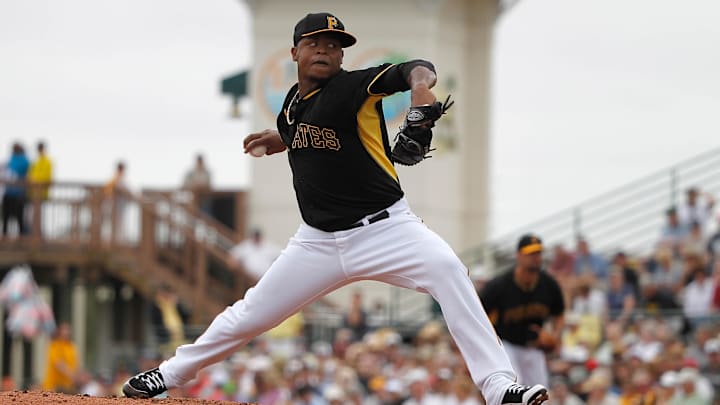Travis Ishikawa
The duality of Spring Training was on full display in 2014. As Edinson Volquez was having an awful preseason, you had Travis Ishikawa having a phenomenal year. Ishikawa was signed to a minor league contract in the 2013-2014 off-season to provide some depth at first base. Up to that point in his career, Ishikawa was a career .260/.324/.398 batter with a 92 wRC+, serving as a bench first baseman/pinch hitter.
Ishikawa wasn’t even close to competing for the first base job when Spring Training started. He had to surpass both Andrew Lambo and Gaby Sanchez. But he then went off in Spring, batting .290/.405/.581 with three home runs in just 13 games. He had struck out just ten times and combated that with six free passes. Meanwhile, Lambo batted below .100 with an OPS below .300.
Because of that strong Spring, Ishikawa would enter the 2014 season as the Pirates’ Opening Day first baseman. But he would appear in just 15 games with 38 plate appearances while having a .206 batting average, .646 OPS, and 80 OPS+ before the Pirates acquired Ike Davis and decided to move on from Ishikawa. He was then signed by the San Francisco Giants, where he would become a solid bench bat down the stretch.
Ishikawa would play Postseason hero, blasting a walk off home run in Game Five of the National League Championship Series and send the Giants to the World Series. While that was a career-defining moment for the first baseman, his Spring Training with the Pirates and his subsequent regular season is an example of why it’s hard to take Spring Training stats seriously.
